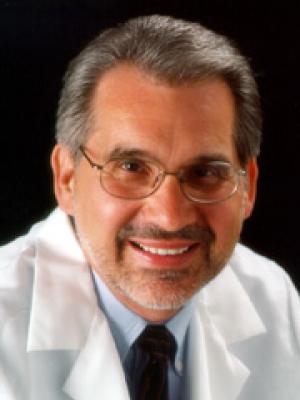We’re Stronger Together
With your help, we can advance education and improve student success in our community.


Associate Dean, Research, School of Allied Health Professions
Professor, Allied Health Studies
Professor, Physical Therapy
Associate Research Professor, Pathology and Human Anatomy, Pathology Division
With your help, we can advance education and improve student success in our community.